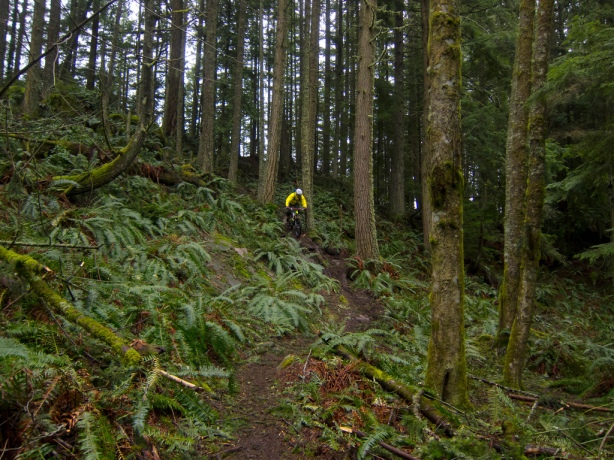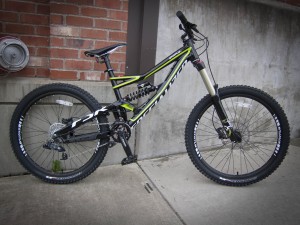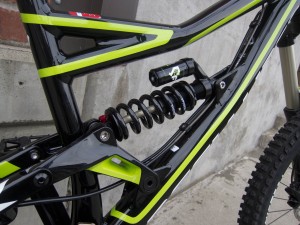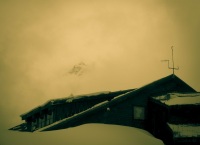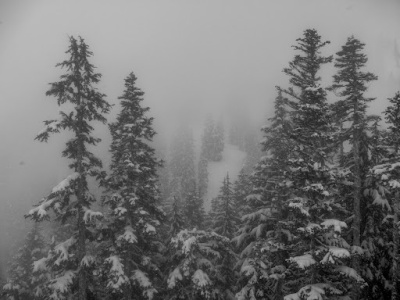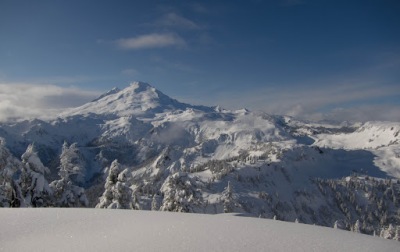How’s your bike doing? Did you put it away as soon as the rainy, gray days of winter approached? Or have you been riding it through the recent snow, sleet, rain and mud? Either way, with the days getting longer, and nicer weather (hopefully) just around the corner, now is the perfect time for some bike maintenance. We’ve put together a short list of components which may be in need of your attention.
Brake Pads 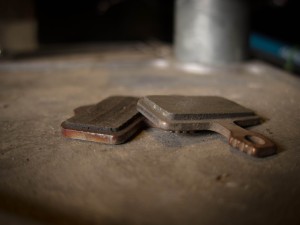
The mud and road grime encountered during winter riding can act like sandpaper on your brake pads, causing them to wear at a much quicker rate than in the summer. Worn out brake pads can cause damage to your rotors or rims – a little preventative maintenance will help prevent costly repairs.
- Disc Brakes: Disc brake pads should be replaced before they are less than the thickness of a dime.
- V-brakes / Cantilever Brakes: Many v-brake pads have a wear indicator of some kind on the pad itself. This is usually a raised line which runs along the perimeter of the pad. Replace your pads once they are worn to this point. If there is no indicator on the side of the pad, replace them before the vertical grooves in the pad are worn off.
With all types of brake pads, be on the lookout for uneven wear. If the pad is wearing at an angle the pad or the brake caliper may be misaligned.
Tires
Tires are what keep you on the road or trail. Worn tires provide decreased traction, and can be more prone to flats.
- Road Tires: Inspect the tire for any nicks or cuts. Also, look for any flat spots or other signs of uneven wear. If the casing underneath the rubber is starting to show through, it’s definitely time for some new tires.
- Mountain Tires: Inspect the tire for any missing or partially torn knobs. Look how the tread is wearing. Are the knobs rounded and deformed? Is the siping (the slits on each knob) still visible? A worn out mountain bike tire will begin to lose traction more easily when climbing and when cornering.
Chain / Drivetrain 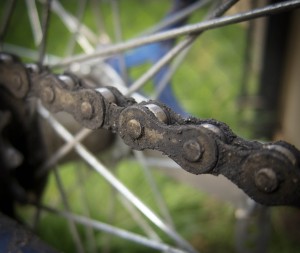
How’s your bicycle’s drivetrain? Clean and lubed? Or is it caked with a greasy, muddy mess? A bucket of warm soapy water, a brush and some elbow grease is all you need to make your chain, chainrings and cassette happy again. Scrub, scrub, scrub ‘til you get the muck off, rinse it with water and then apply your favorite lube. Wipe off any excess and you’re ready to ride.
It’s also a good idea to check how worn your chain is – if you don’t have your own chain wear indicator (a highly recommended tool for the avid cyclist), stop by the shop and we’ll measure your chain for free. Replacing your chain in a timely manner allows you to get more life out of your chainrings and cassette.
Suspension
Have you have ever had your fork serviced? Most manufacturers recommend servicing your fork at least every 100 hours of riding, if not sooner. Start the season off right with a fork rebuild from Fairhaven Bike & Ski. We’ll change the oil, change the seals if necessary, and make your suspension feel buttery smooth again.
Conclusion
Checking your brake pads, tires and drivetrain and suspension is a quick way to ensure your bike is ready for spring. Don’t want to work on your own bike? Need a complete overhaul? We don’t mind getting dirty – bring your bike to us! Our experienced mechanics will get your bike dialed in and ready to roll quickly and efficiently.
